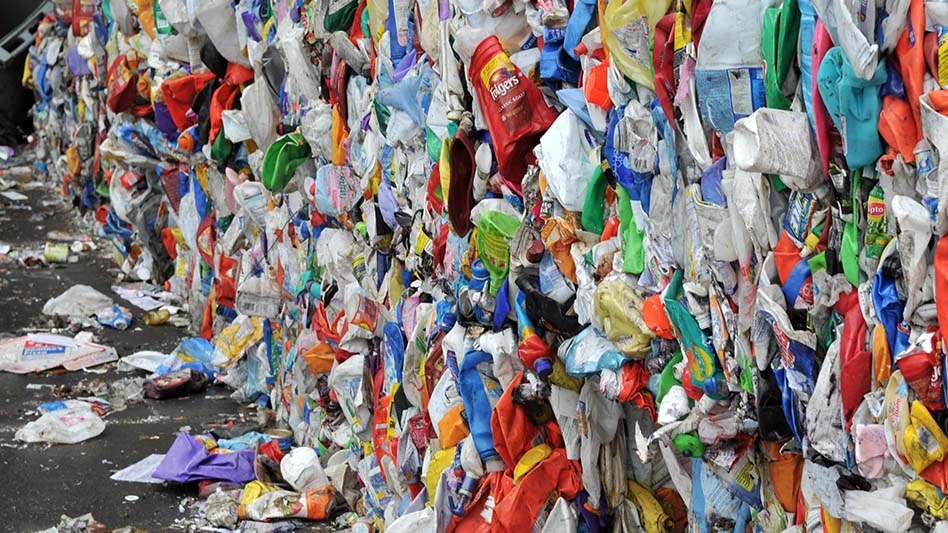
Image provided by Shutterstock
RecyClass, a Brussels-based nonprofit, cross-industry initiative advancing recyclability, has released updates to its Design for Recycling Guidelines and Recyclability Evaluation Protocols. The organization says the changes reflect the latest scientific findings and ongoing collaboration across the plastic packaging value chain.
Over the past six months, RecyClass has released several protocols to reflect evolving industry needs and ensure harmonized recyclability assessment procedures. This includes the Recyclability Evaluation Protocol for labels applied on polystyrene containers, the Recyclability Evaluation Protocol for inks applied on polyethylene terephthalate (PET) bottle decorations and the Recyclability Evaluation Protocol for expanded polystyrene fish boxes and white goods.
RecyClass technical committees are undertaking further work on the recyclability of labels and adhesives across other streams, which will result in the publication of new protocols during the year.
The RecyClass Design for Recycling Guidelines continue to evolve, offering updated criteria for specific packaging materials to improve recyclability across the value chain, the organization says. For high-density polyethylene containers, closures made with up to 10 percent by weight of polypropylene (PP) are considered fully compatible thanks to the progress in flake sorting technology. For polyethylene (PE) films, ethylene vinyl alcohol, or EVOH, is considered fully compatible up to 5 percent by weight, provided it meets a specific EVOH to tie layer ratio.
When it comes to the full set of RecyClass Guidelines, nonbleeding inks have been renamed as retentive inks to reflect the most commonly used terminology.
RecyClass also has published specific guidelines for white opaque PET bottles used for food applications.
The support of the entire plastic value chain, including from white opaque PET bottle recyclers, has been crucial in achieving this objective, according to the nonprofit. To complement this development, a test campaign will be launched to evaluate the impact of multilayer bottle structures on the color of the recyclate. Based on the findings, recyclability certification for these applications will be made available at the beginning of next year, RecyClass adds.
RecyClass says its current efforts in investigating the most common packaging features that affect plastics recycling include cold seals for PP films, nitrocellulose ink alternatives for PE films, direct printing for rigid packaging, rigid rolling packaging and the development of a color sorting module.
Latest from Recycling Today
- Phoenix Technologies closes Ohio rPET facility
- EPA selects 2 governments in Pennsylvania to receive recycling, waste grants
- NWRA Florida Chapter announces 2025 Legislative Champion Awards
- Goldman Sachs Research: Copper prices to decline in 2026
- Tomra opens London RVM showroom
- Ball Corp. makes European investment
- Harbor Logistics adds business development executive
- Emerald Packaging replaces more than 1M pounds of virgin plastic





